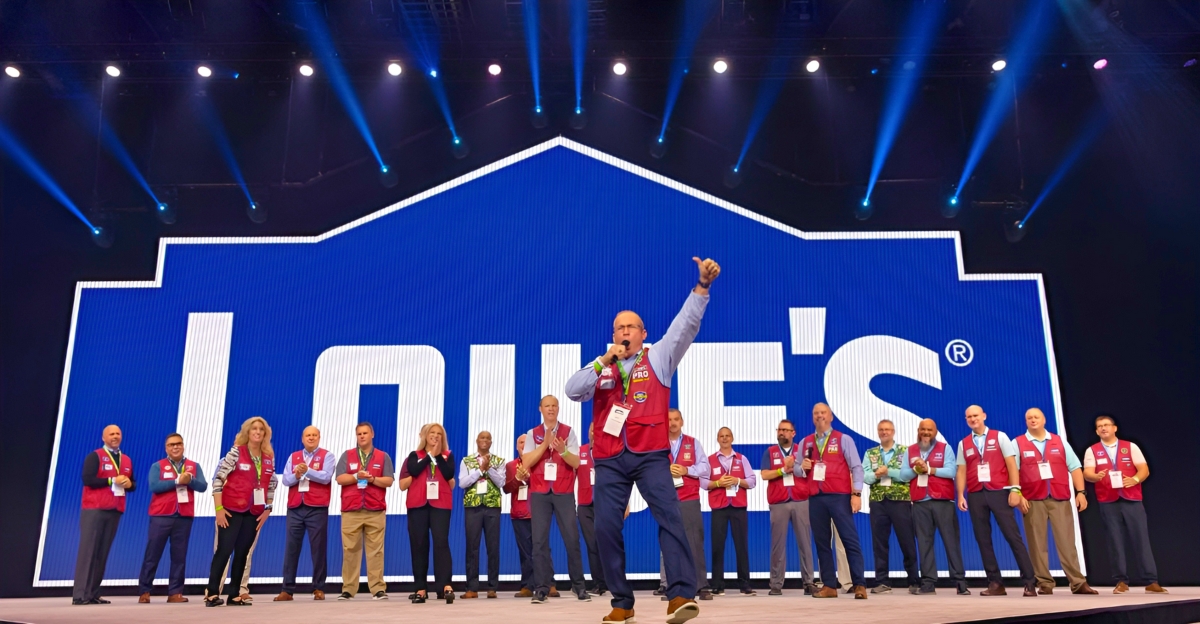
Lowe’s just pulled off a billion-dollar move that most people missed. In April 2025, the home improvement giant spent $1.325 billion to acquire Artisan Design Group, a Dallas-based interior finishes company that flies under the radar.
At first glance, it looked like just another corporate acquisition. But behind the scenes, Lowe’s may have just executed the smartest underdog move in modern retail. While Home Depot grabbed headlines with a bigger deal, Lowe’s found a blind spot, and quietly made it a battlefield.
This isn’t just market expansion. It’s a high-stakes power play in a $50 billion industry that has gone largely unnoticed by the public but could reshape how retail giants compete going forward.
Why This Deal Terrifies Home Depot’s Boardroom
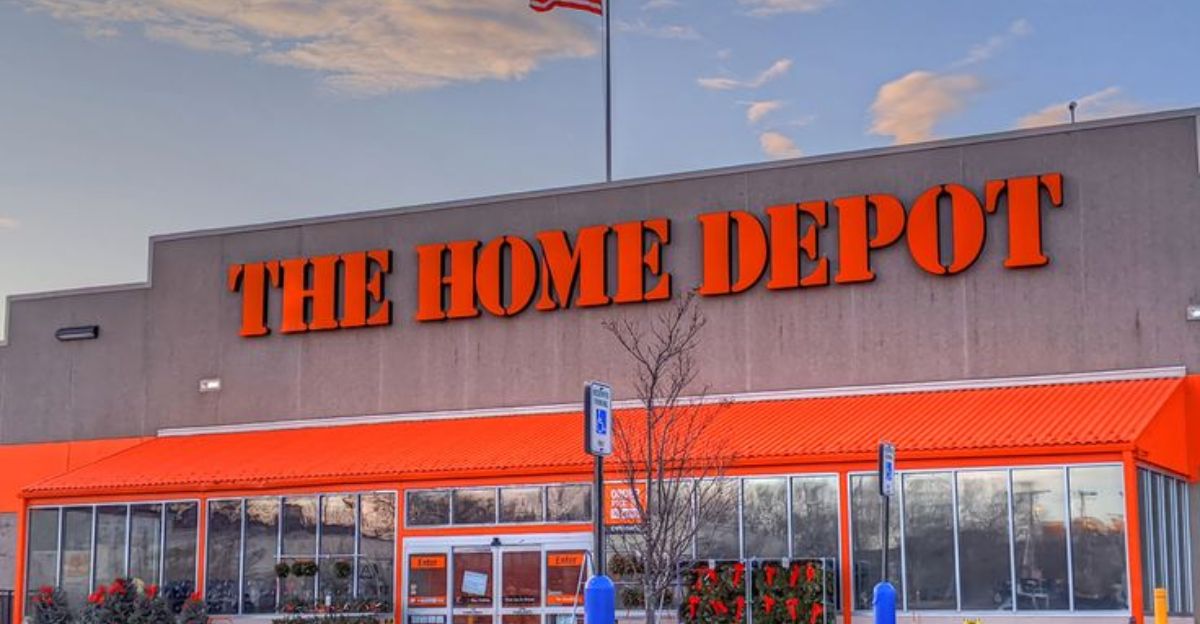
Home Depot recently made a splash with its $18.25 billion acquisition of SRS Distribution, doubling down on its dominance in contractor services. But Lowe’s saw something different. While SRS focuses on exteriors, roofing, landscaping, and structural work, Lowe’s zeroed in on interior finishes like flooring, cabinets, and countertops.
These choices tend to be emotional and tied to personal taste, which drives higher loyalty and better margins. By targeting this overlooked niche, Lowe’s made a smart, surgical strike. The lesson? Bigger doesn’t always mean better. Sometimes, the right move in the right space delivers far more strategic impact.
The $50 Billion Market Hiding Behind Your Kitchen Cabinets
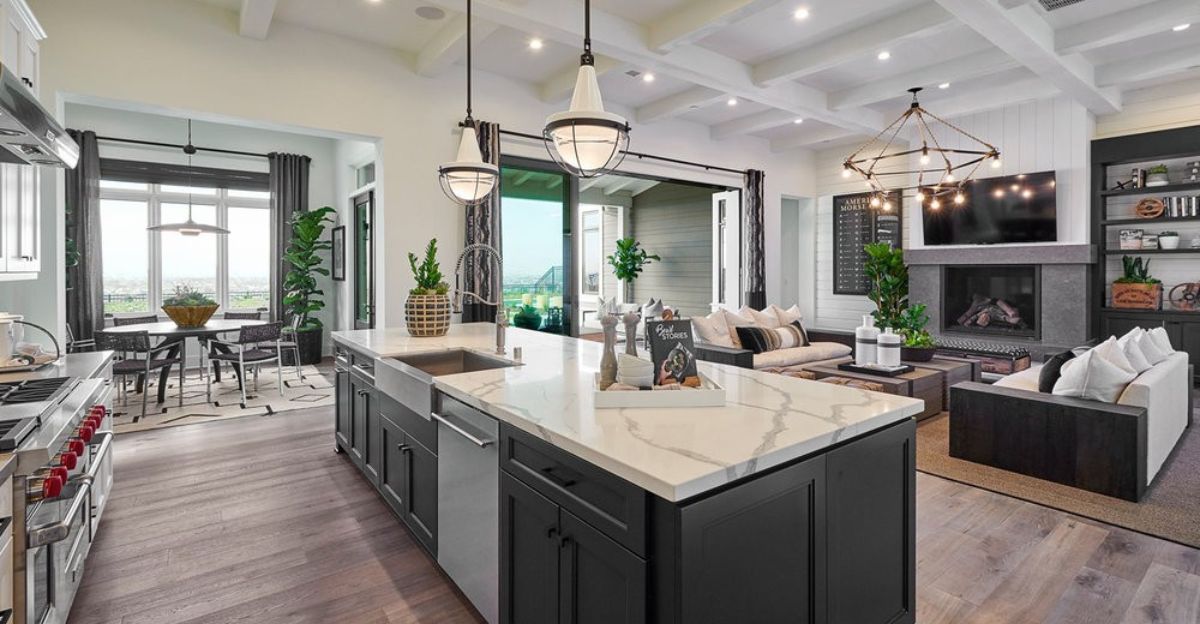
Interior finishes may not grab attention like lumber or tools, but they power a $50 billion market. Artisan Design Group has built the largest network in this space, with 132 distribution centers and 3,200 installers across 18 states. This isn’t just scale, it’s emotional leverage. Choosing cabinets or flooring is personal and often deeply tied to a homeowner’s lifestyle.
These are not commodity purchases; they’re statements of identity. Lowe’s didn’t just acquire ADG’s footprint, it bought into a segment where trust, design taste, and premium experiences matter more than price tags. That emotional edge is where real brand loyalty lives.
The Professional Customer Gold Mine Everyone Missed

DIY may dominate weekend TV, but it’s not where the money is going. In 2024, DIY spending dropped 12.3%, while pro contractor spending surged. Lowe’s recognized that pros, not hobbyists, are driving the future, and not just any pros. Instead of chasing Home Depot’s base, Lowe’s focused on builders and property managers who order in bulk and work on long-term projects.
With 18 million new homes needed by 2033, these customers represent the consistent, high-value business. ADG’s strong ties to homebuilders give Lowe’s a direct pipeline to these clients. Unlike sporadic DIY buys, this is dependable, deadline-driven revenue, and Lowe’s just locked it in.
The Amazon Problem That’s Keeping Retailers Awake
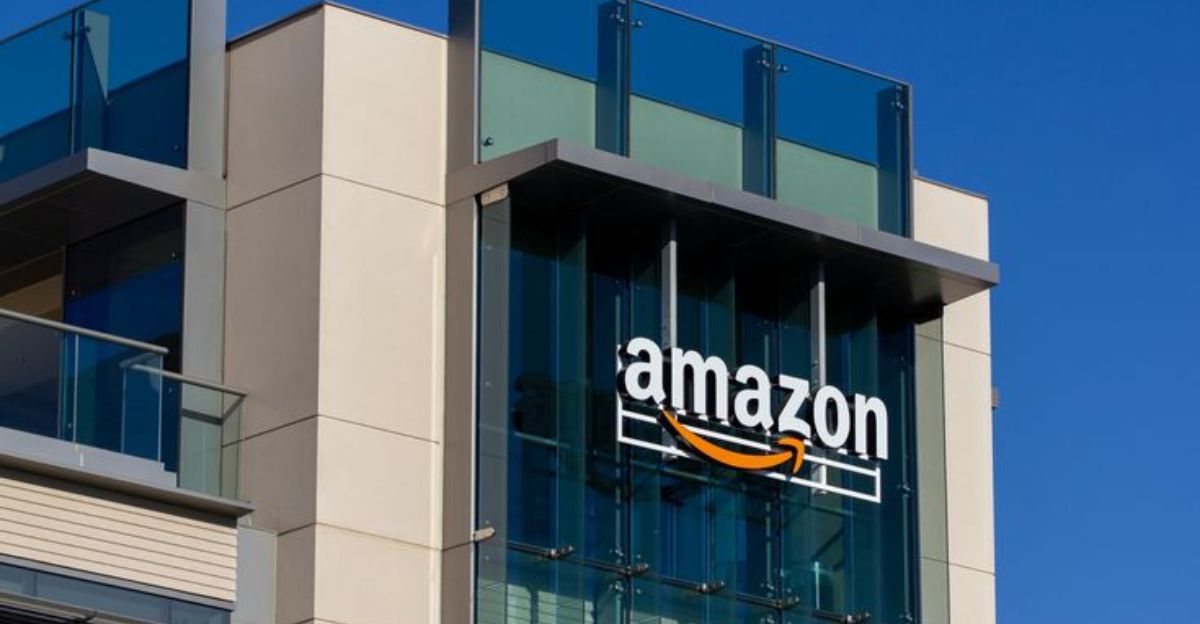
In late 2024 and early 2025, Amazon briefly took the number two spot in home improvement retail, sending shockwaves through the industry. With its unbeatable convenience and pricing, Amazon is ideal for smaller purchases. But here’s where Lowe’s move changes the game: installation. Amazon can ship you cabinets, it can’t install them.
By owning both the supply chain and the professional labor force, Lowe’s has built a wall Amazon can’t easily scale. Contractors using ADG’s services face steep switching costs. Once integrated, it’s a hassle to switch providers. That friction becomes a powerful retention weapon that Amazon simply can’t match.
The Fragmentation Opportunity Smart Money Sees
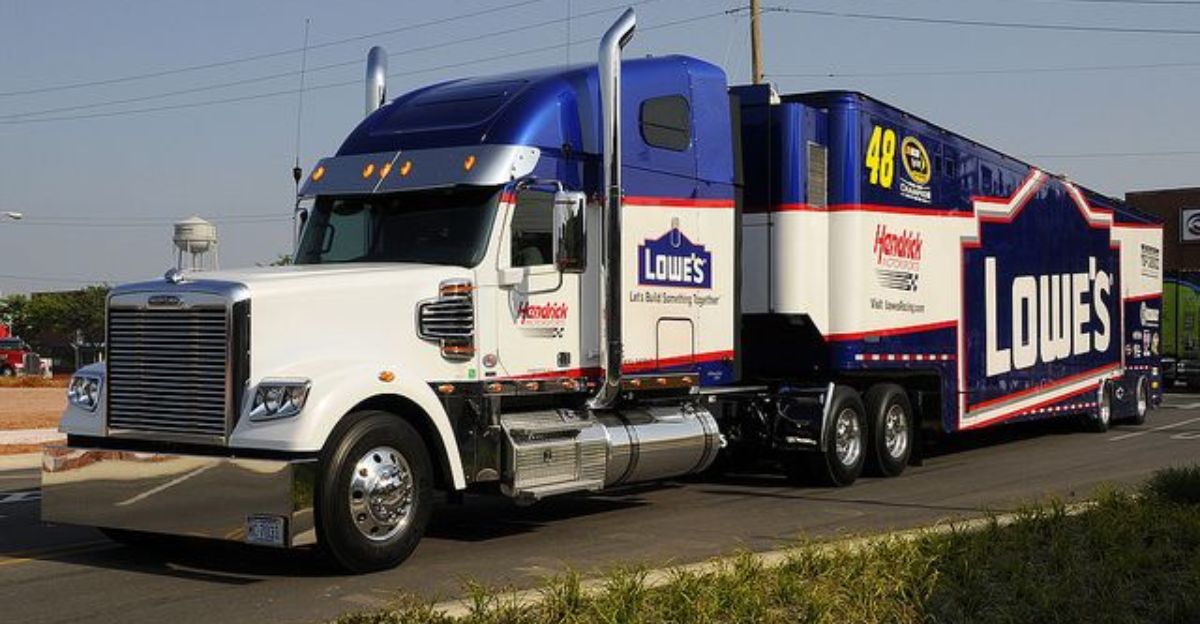
Interior finishes is a fractured industry, scattered across hundreds of regional players. That’s what makes it ripe for consolidation. Artisan Design Group itself is proof of this strategy, having rolled up 20 companies since 2016. Lowe’s sees the same opportunity. For builders juggling multiple projects, working with one trusted vendor is easier and more efficient. This cuts down on delays, reduces risk, and simplifies procurement. The psychology is simple: fewer decisions, fewer problems.
By positioning itself as a one-stop shop for interior finishes, Lowe’s offers something no fragmented competitor can, a smoother, smarter path to getting work done right the first time.
Why Traditional Retail Strategy Just Became Obsolete
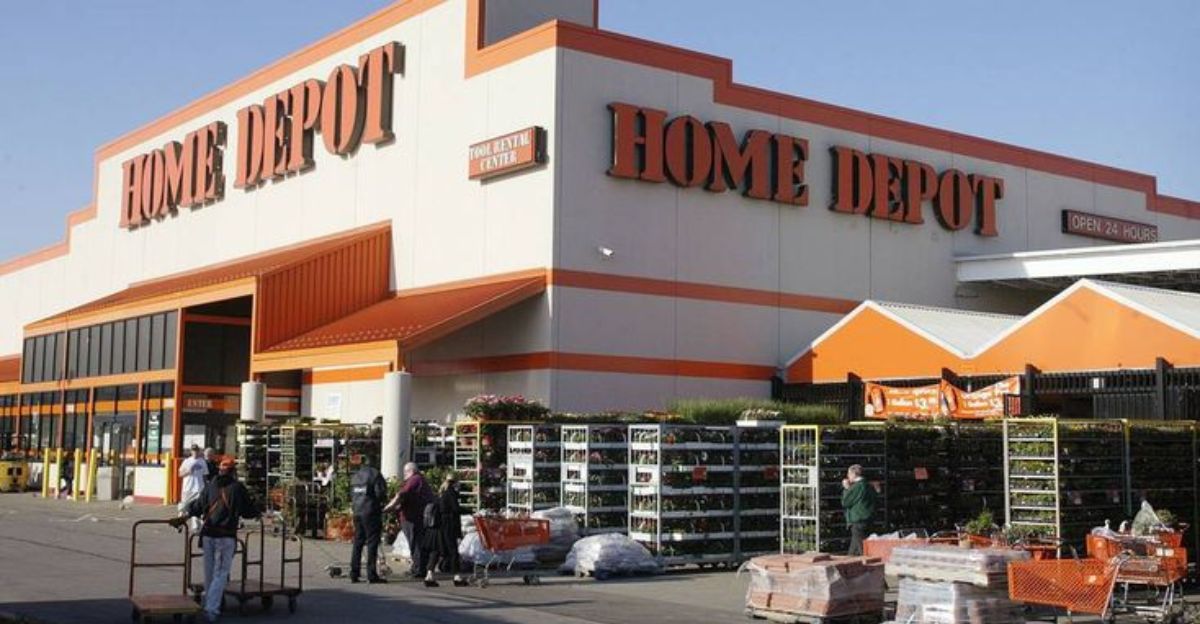
The days of competing on store count, pricing, and product variety are fading fast. Lowe’s is betting on a service-driven model that offers end-to-end control, from product selection to expert installation. While Home Depot still leads with 43% market share, Lowe’s has quietly grown from 17% to 21% by focusing on experience over scale. What’s behind this? Loss aversion.
Customers fear poor installation outcomes more than they crave discounts. By owning the process, Lowe’s removes that fear. It’s not just selling products anymore. It’s selling confidence, peace of mind, and full-service convenience, all of which command loyalty and bigger margins.
The Fear Factor Driving Billion-Dollar Decisions
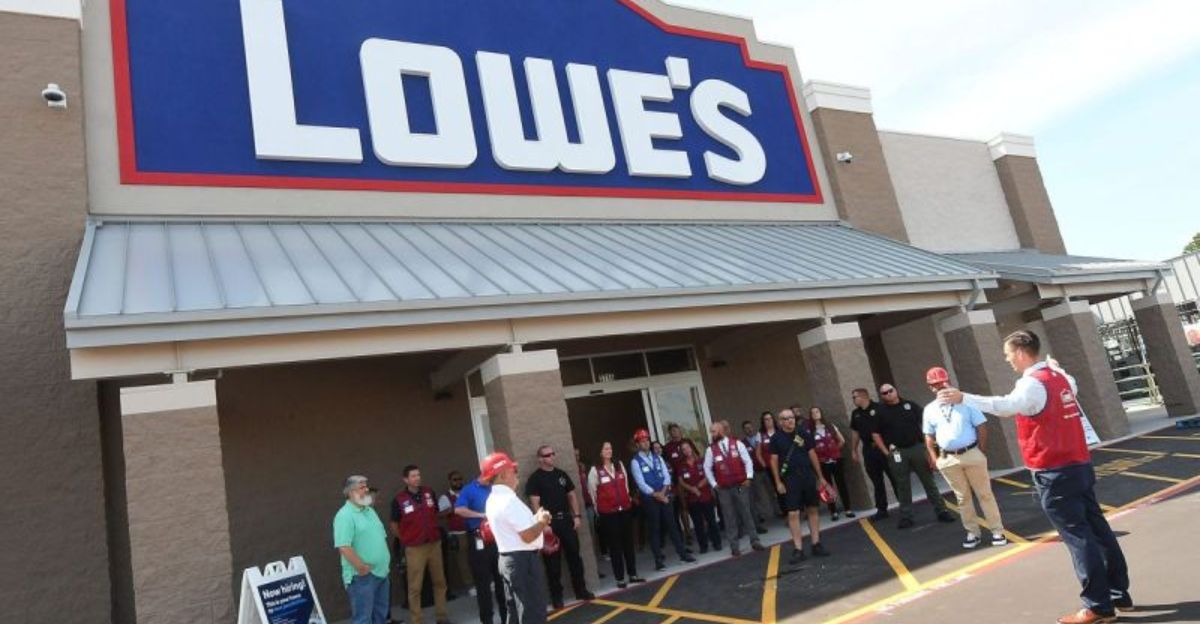
Retail consolidation hit $97 billion in 2024, up 47% from the year before. But Lowe’s didn’t act out of trend-chasing. This was strategic urgency. Leadership understood that waiting could mean falling permanently behind. The industry is grappling with labor shortages, unpredictable supply chains, and economic volatility. Skilled installers are hard to find—and even harder to keep.
By acquiring ADG now, Lowe’s locked in 3,200 specialists at a time when expertise is one of the scarcest resources in the business. It’s a move driven not just by opportunity, but by fear of being outmaneuvered in a tightening, high-stakes market.
The Psychological Warfare of Market Positioning

Homeowners dread renovation headaches, confusing options, unreliable contractors, and unexpected costs. That’s where Lowe’s sees its edge. With ADG, Lowe’s can now offer a streamlined, full-service package that includes design consultation, product supply, and guaranteed installation. This reduces what behavioral experts call “choice overload,” a state where too many options lead to paralysis.
Instead of overwhelming customers, Lowe’s simplifies the process from start to finish. The emotional impact? Less stress, more confidence, and a sense of control. That kind of brand trust is hard to earn, and nearly impossible for competitors to replicate without making similar moves of their own.
What This Really Means for the Future of Home Improvement
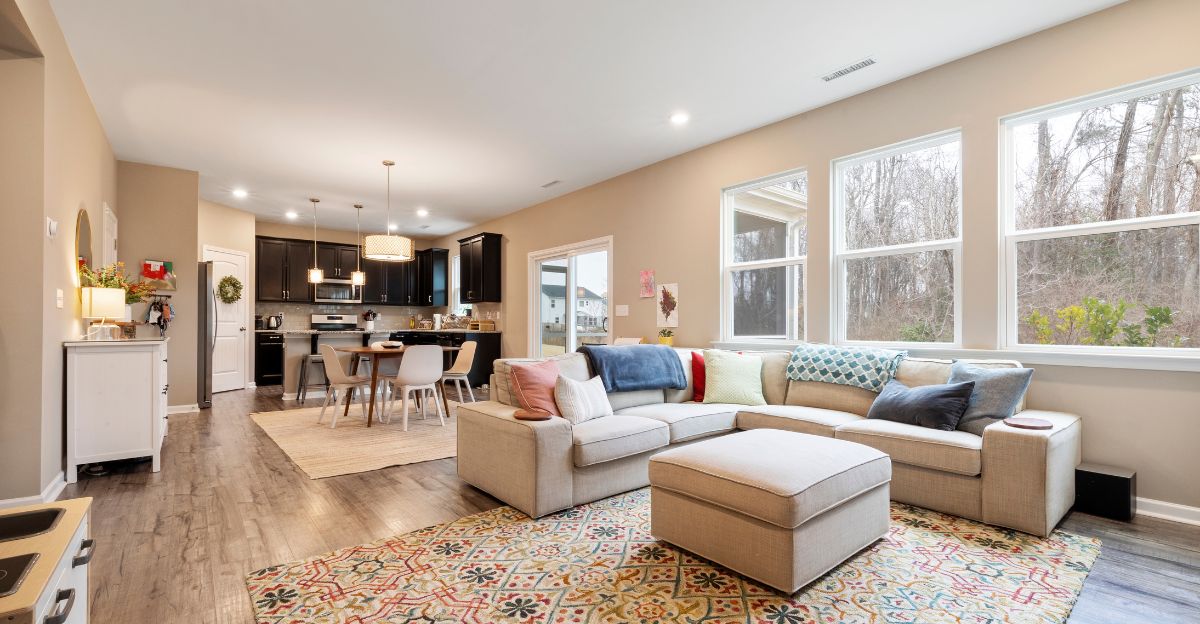
Zoom out from the numbers, and you’ll see something deeper taking shape. The pandemic reshaped how Americans see their homes, not just as structures, but as sanctuaries. Interior upgrades are now driven by comfort, personalization, and emotional satisfaction. Lowe’s saw this shift and pounced.
While Home Depot leans into big builds and pro construction, Lowe’s is planting its flag in the renovation economy. It’s betting that homeowners will spend more to make their existing spaces feel just right. The ADG deal isn’t just about competition, it’s about changing the game. Lowe’s isn’t trying to beat Home Depot at its own playbook. It’s writing a new one.
Discover more trending stories and Follow us to keep inspiration flowing to your feed!

Craving more home and lifestyle inspiration? Hit Follow to keep the creativity flowing, and let us know your thoughts in the comments below!
